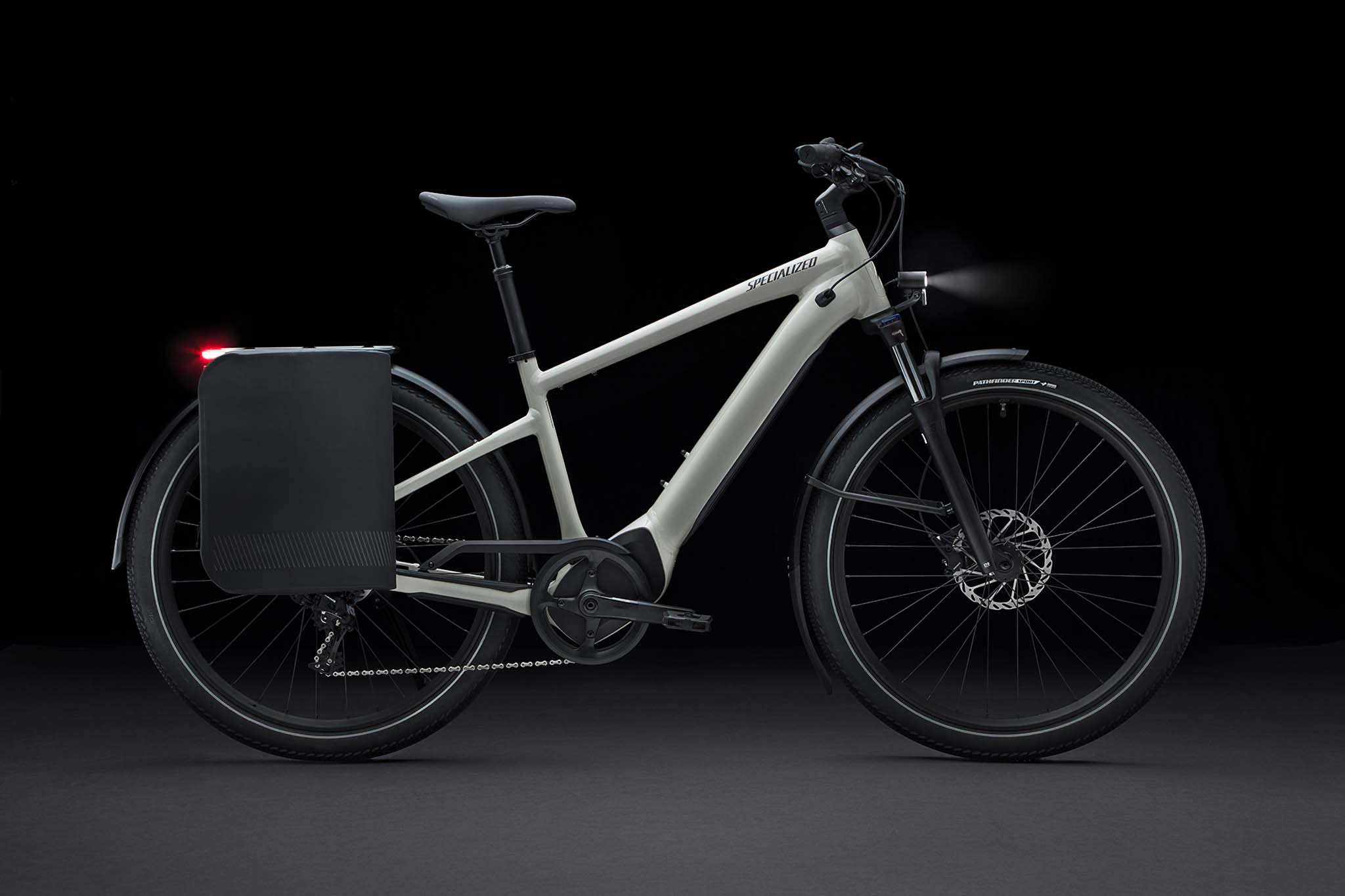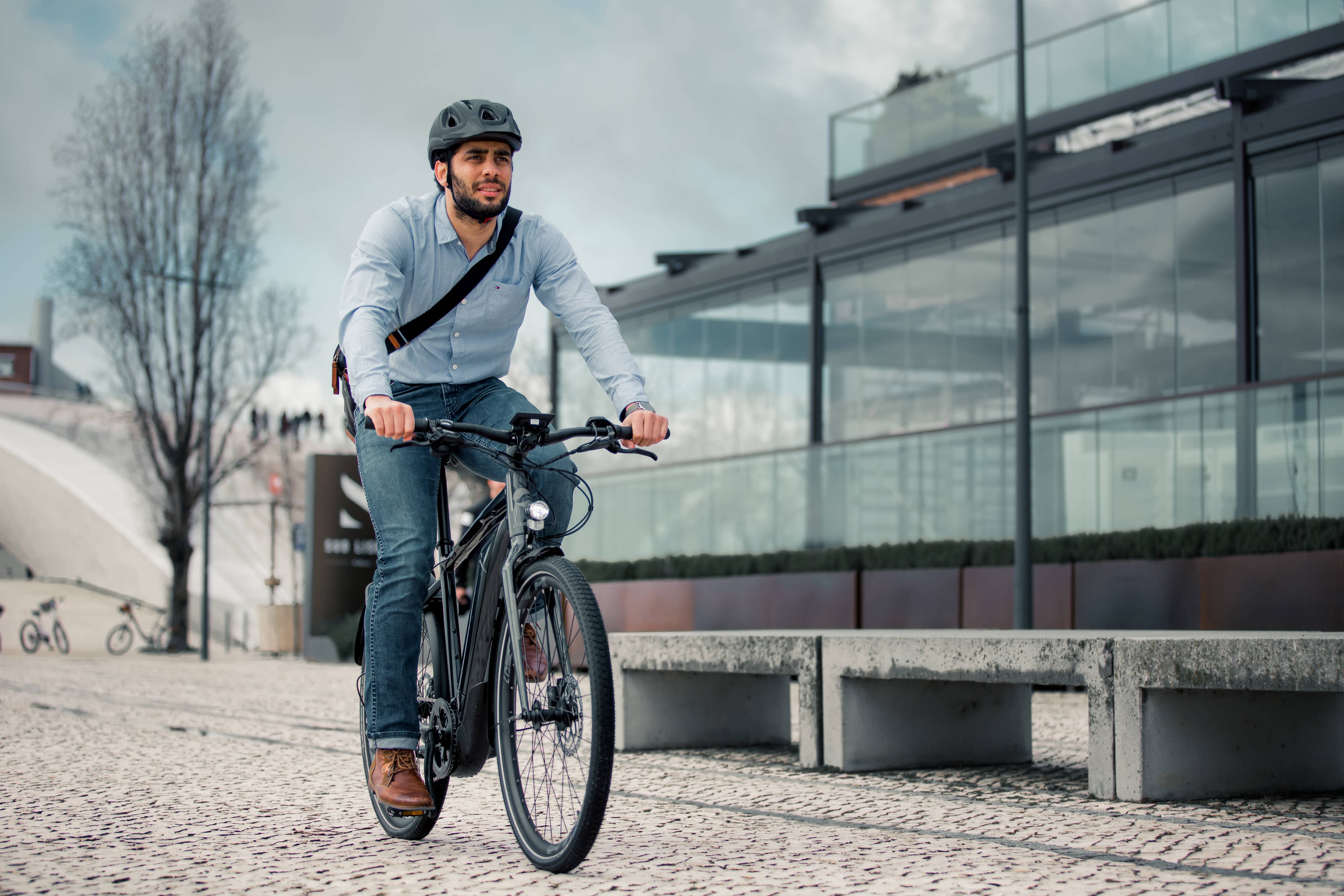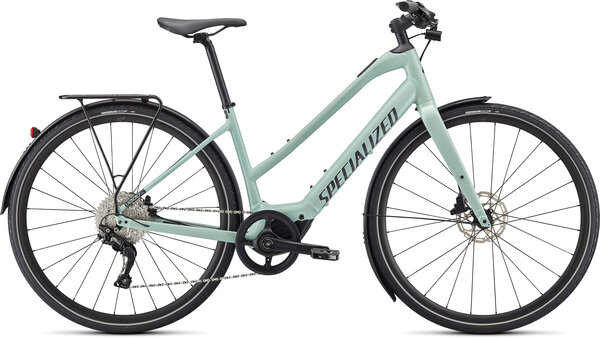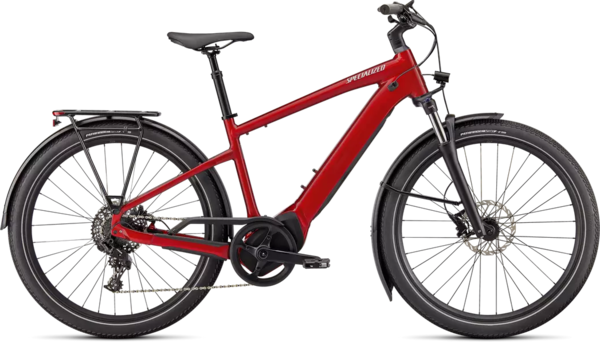E-bikes made easy: A buyer's guide for Seattle commuters

When it comes to purchasing an electric bike in Seattle, there are several factors to consider to ensure you find the perfect fit for your needs. From hilly landscapes to damp conditions, understanding the key aspects of e-bike selection, such as motor power, battery capacity, durability, and weight, will help you make an informed decision.
We'd like to highlight 3 models that are ideal for commuting in Seattle. Before we compare these models lets breakdown some key terms.
Demystifying E-Bikes: Key Terms and Concepts
Classes and drive types:
- Class 1: These e-bikes provide pedal assistance up to a maximum speed of 20 miles per hour. They are equipped with a motor that only provides assistance when the rider is pedaling.
- Class 2: Class 2 bikes also have a top speed of 20mph. But along with peddle assist, they are have a throttle that accelerates without the rider pedaling.
- Class 3: Class 3 bikes also provide pedal assistance with a top speed of 28mph. Class 3 bikes are not equipped with throttles
Torque and watt hours: - Torque: Torque is the rotational force generated by the e-bike motor, determining its power and acceleration. Higher torque means more power, leading to better acceleration, particularly on hills and during starts.
- Watts: Watt hours is a unit of energy commonly used to measure the capacity of an e-bike battery. A higher watt hour rating generally indicates a larger battery capacity, which translates to a longer riding range.Keep in mind that larger batteries add weight to the bike.
Drive Types: - Mid-drive: Positioned in the middle of the e-bike frame near the bottom bracket, they utilize the bike's gears for efficient power transfer and optimized torque. They offer balanced weight distribution for improved handling and stability. We only stock mid-drive motors for their superior handling and overall ride experience.
- Hub-drive: Hub drive motors are integrated within the hub of either the front or rear wheel. Hub drive motors affect the weight distribution of the e-bike. Rear hub motors increase rear-wheel weight, while front hub motors can impact steering and handling to a lesser extent.
Tale of the tape Giant vs. Specialized

Giant Fastroad Ex Pro
- Weight: The Fastroad EX pro is designed to be lightweight, weighing in at around 40-45 lbs.
- Drive Type: Equipped with a mid-drive motor design, providing a seamless riding experience.
- Class: It is classified as a Class 3 pedal e-bike, supporting pedal-assisted speeds of up to 28 mph.
- Watts and Torque: 500 watt hours of power and 85 Nm of torque.
- Range: It offers a range of up to 99 miles. (Depends on rider weight and terrain.)
- Value: Given the extended range batter this bike is best for longer rides making it priced a little higher than the Vado SL 5.0 at $4,300.
- Accessories: Integrated lights, rack, kickstand, and custom fenders.
.
Specialized Vado SL 5.0 EQ
- Weight: The Vado SL 5.0 is designed to be lightweight, weighing in at around 33-35 lbs.
- Drive Type: Equipped with a mid-drive motor design, providing a seamless riding experience.
- Class: It is classified as a Class 3 pedal e-bike, supporting pedal-assisted speeds of up to 28 mph.
- Watts and Torque: 240 watt hours of power and 35 Nm of torque.
- Range: It offers a range of up to 80 miles. (Depends on rider weight and terrain.)
- Value: The Vado SL 5.0 offers a SRAM GX build, upgraded Tektro brakes, and DT Swiss wheels for a higher level of performance at a price of $3,750.
- Accessories: Integrated lights, rack, bell, kickstand, and custom fenders.
Specialized Vado 4.0
- Weight: The Vado Turbo 4.0 is heavier than the rest due to it's larger battery, suspension fork, and 40mm dropper post. It comes in at around 55 pounds.
- Drive Type: Equipped with a mid-drive motor design, providing a seamless riding experience.
- Class: Like the Vado SL 5.0 and Turbo 4.0 , it's a Class 3 e-bike, designed for pedal assistance up to 28 mph.
- Watts and Torque: 250 watt hours of power and 70 Nm of torque.
- Range: It offers a range of up to 93 miles. (Depends on rider weight and terrain.)
- Value: The Vado SL 4.0 adds range, an 80mm suspension fork, high volume tires, and a plus seat post for added comfort and SRAM Level brakes for better braking performance. All these added benefit makes it worth the $3,500 you'll spend.
- Accessories: Integrated lights, rack, bell, kickstand, and custom fenders.

Specialized Vado SL 4.0 EQ
- Weight: The Vado SL 5.0 is designed to be lightweight, weighing in at around 33-35 lbs.
- Drive Type: Equipped with a mid-drive motor design, providing a seamless riding experience.
- Class: Like the Vado SL 5.0 and 4.0 , it is a Class 3 e-bike, designed for pedal assistance up to 28 mph.
- Watts and Torque: 240 watt hours of power and 35 Nm of torque.
- Range: It offers a range of up to 80 miles. (Depends on rider weight and terrain.)
- Value: Same bike but a step-through and an upgraded drive train. Riders will enjoy the Shimano Deore components at modest price of $2750.
- Accessories: Integrated lights, rack, bell, kickstand, and custom fenders.
Best e-bike for you?
All 3 of our featured models are class 3 mid-drive options with all the accessories you need for a comfortable commute.
We recommend the Giant Fast Road Ex-Pro for cyclists looking for the longest range and willing to sacrifice cost and weight.
For riders who prefer a lighter bike that's easier to transport, either of the Specialized Vado SL options is ideal.
If you want to save a little $$$, try the Vado SL 4.0. You get the same battery range and lightweight build but lose a little performance on the bicycle components (shifters, derailleurs, wheels, brakes.)


